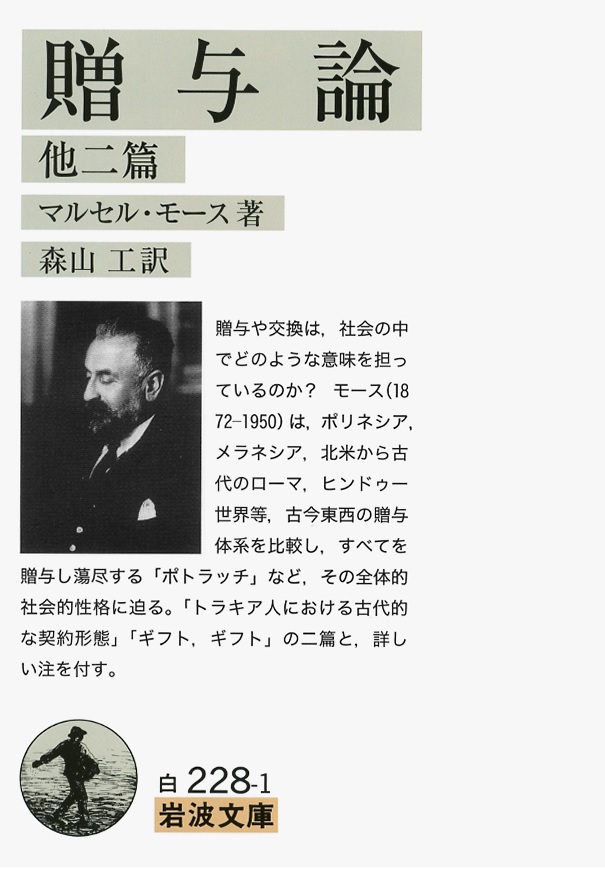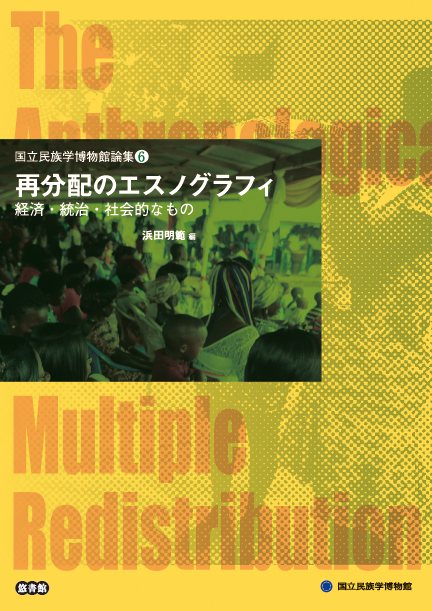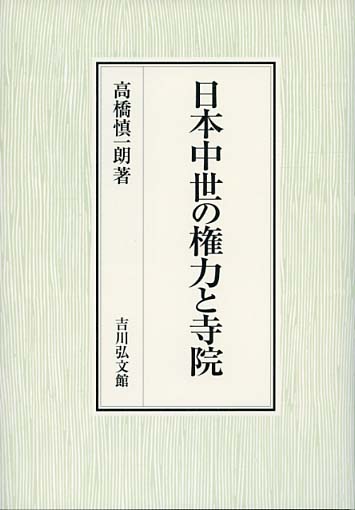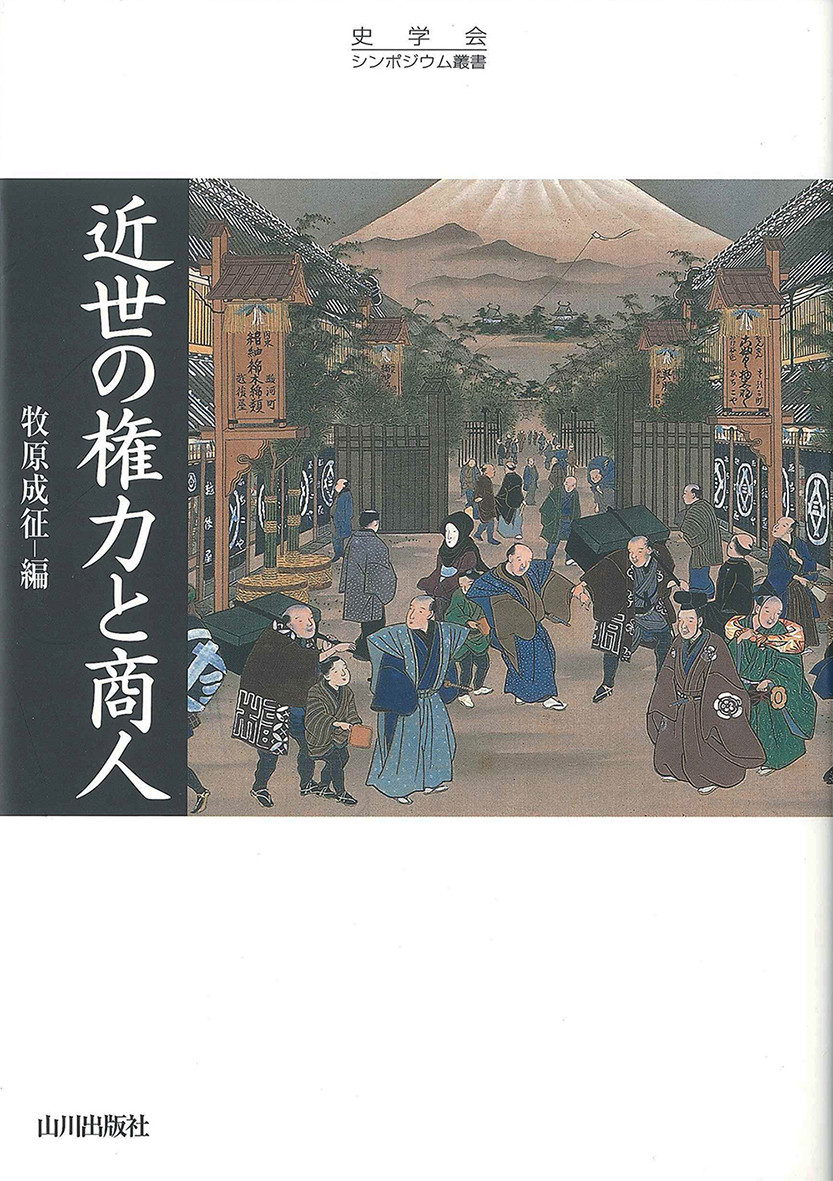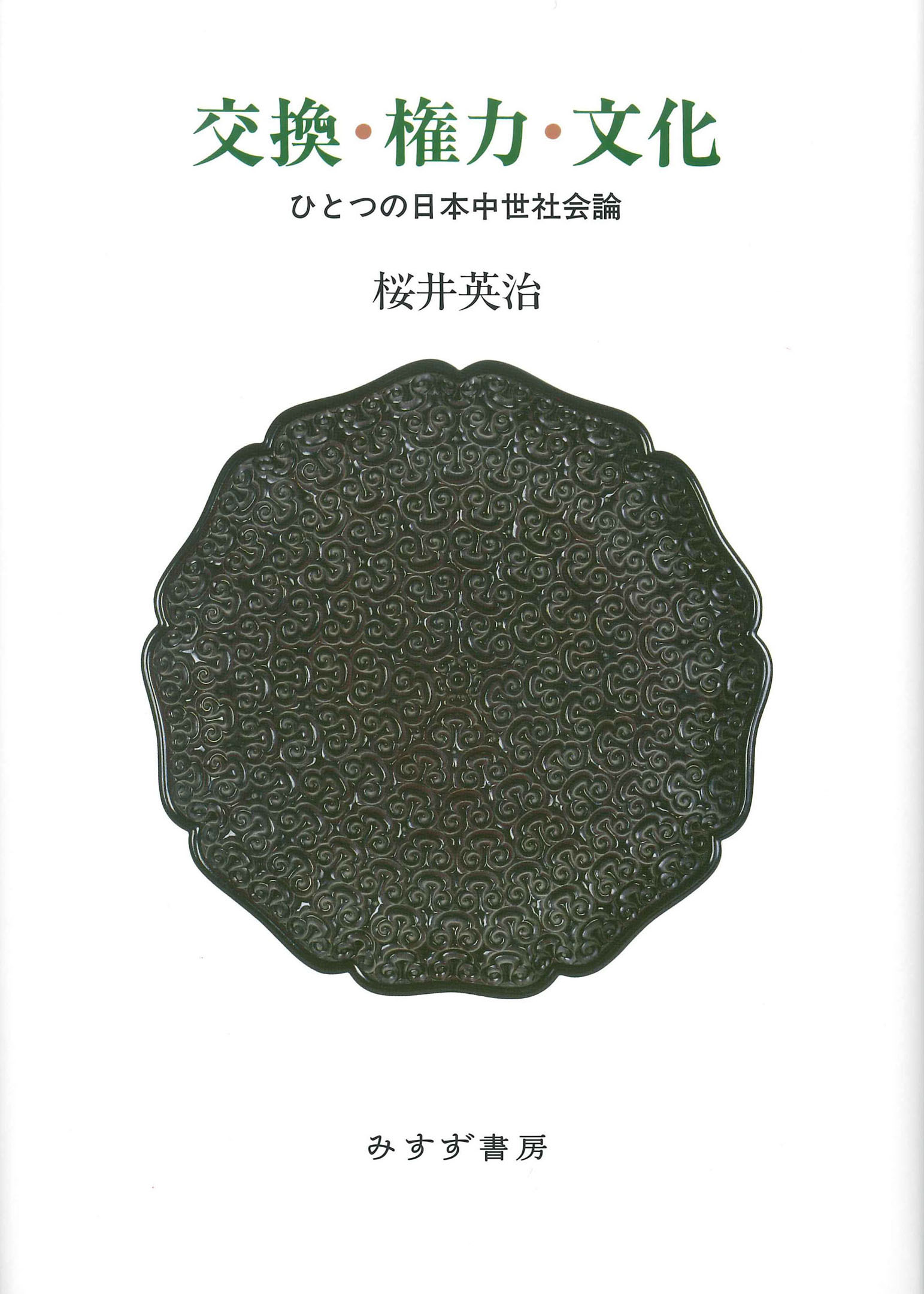
Title
Kōkan, Kenryoku, Bunka (Exchange, Power, and Culture: An Aspect of Medieval Japanese Society)
Size
312 pages, A5 format
Language
Japanese
Released
June 09, 2017
ISBN
978-4-622-08611-6
Published by
Misuzu Shobo.
Book Info
See Book Availability at Library
Japanese Page
This book looks at the latter period of medieval Japan, focusing on the trend of the gift economy which developed uniquely during the period on the one hand, and on the trend in obligations that showed unparalleled high negotiability around the period. These took place almost at the same time. The book analyzes the relationship between them and discusses its social, cultural, and political implications.
The latter half of the middle ages (14th-15th centuries) in Japan was when gift-giving protocols grew the most, and monetary gifts also started during this period. When money was presented as a gift, an official protocol was to give a letter of inventory to the recipient, followed by the actual money delivered at a later date. This letter of inventory soon assumed a role of de facto promissory note. There arose cases in which it took several years to claim the money, the letter (right of recipiency) was transferred to a third party, and separate letters of inventory set off obligations without exchanging money, and so on.
It was also a time when claims were more highly negotiable than they are today, that personal debt certificates were traded among money lenders, and high-value (equivalent to 600,000 to 1,000,000 yen in today’s value) instruments called saifu were circulated among traveling merchants. This book reveals that the letter of inventory, stated above, started functioning as a promissory note in connection to those practices, elucidating the fact that, in Japan, the gift economy and the market economy developed hand in hand from a very early stage.
What does a society in which claims are transferable look like? In a society where claims and obligations are considered to be fixed with persons, transfer of claims does not occur. It is only possible in a society where claims and obligations are considered to be separable from persons, and Japanese society in the late medieval time was exactly like this. However, entering the 16th century, Japanese society changed its attitude and veered toward disapproving transfers of claims. It is clear that a major transition took place in this period, where people reverted from a faceless, anonymous relationship to a familiar, recognizable relationship all at once. In other words, the relationships of claim and obligation, giving and receiving of gifts, which once were separated from persons, returned to them and were fixed to them. The book also discusses the implications of this complex historical event.
The relationship between gifts and power is also one of its important themes. The Muromachi bakufu of the 15th century notably became dependent on the money and the treasures donated from its major vassals and zen temples. We refer to this as “gift-dependent finance” in the book. In order to realize this, it was necessary to overcome a major obstacle—the principle of reciprocity. In fact, many powers in history, including the Muromachi bakufu, show the tendency in the forming period to start as being “generous” under the influence of the principle of reciprocity, but as soon as they enter a phase of stability, they move away from the principle and transform from “power to give” to “power to receive.” The book also points out that this mechanism later influenced the establishment of the taxation system as well as the arts and architecture of various times. The theory is potentially applicable not only to medieval Japan, but also to many other nations and societies as well as different cultures.
(Written by SAKURAI Eiji, Professor, Graduate School of Arts and Sciences / 2018)



 Find a book
Find a book


 eBook
eBook